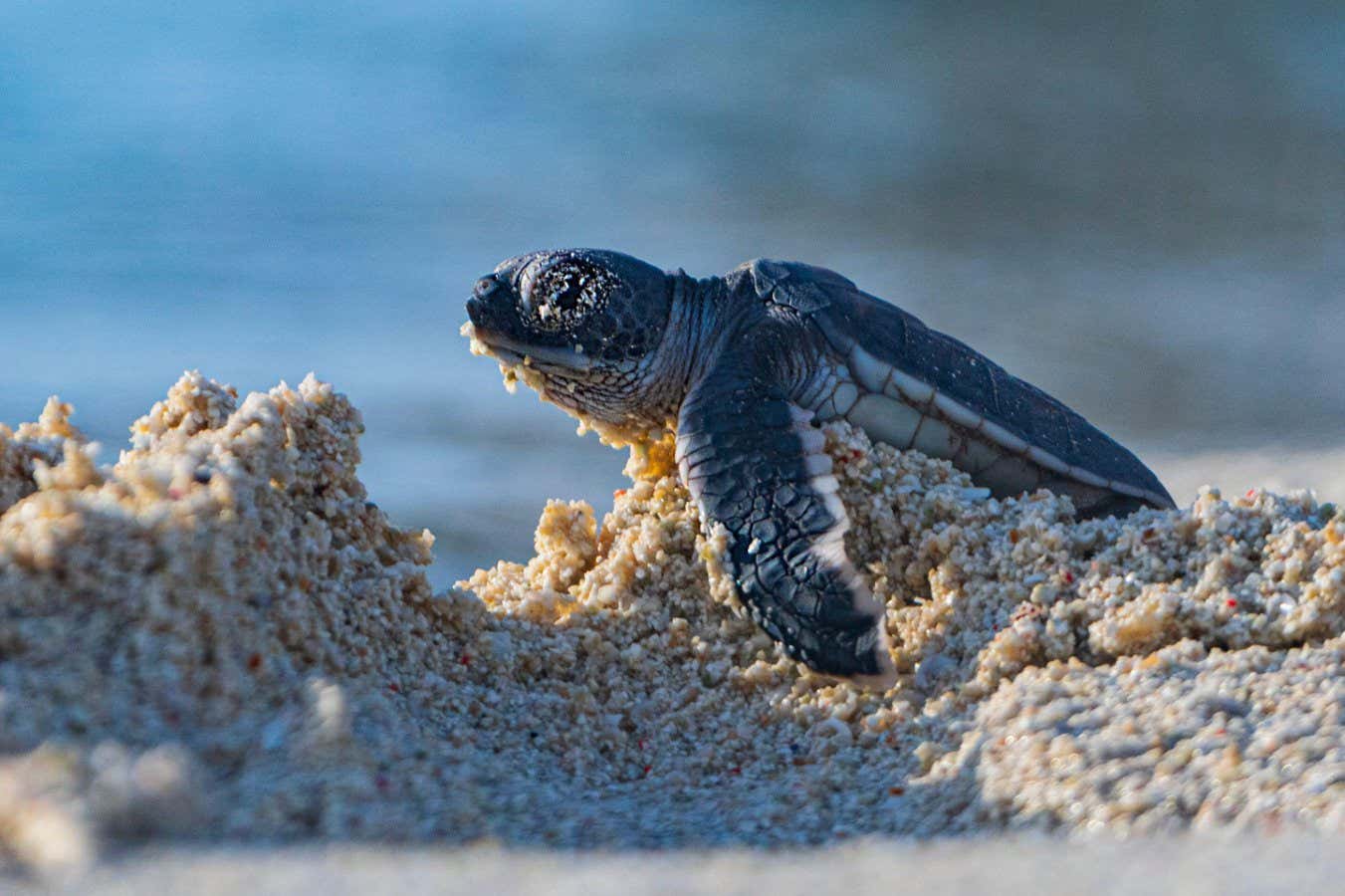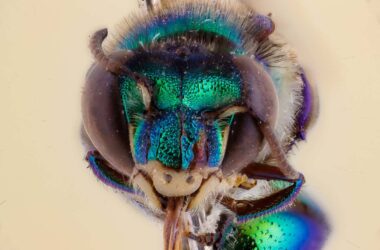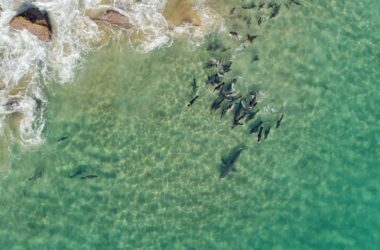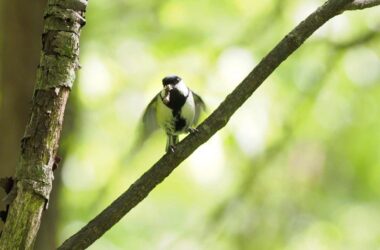Chemical pollution may be affecting the sex ratio of sea turtles, leading to the hatching of more female turtles and potentially endangering the species. Sea turtles, like many reptiles, have their sex determined by the nest temperature. Warmer nests tend to produce female hatchlings, while cooler nests favor males. With rising global temperatures, many sea turtle populations are experiencing an imbalance, with more females being hatched, which could ultimately threaten their survival.
In a specific population of green sea turtles (Chelonia mydas) in the northern Great Barrier Reef, an overwhelming 99 percent of hatchlings have been female in recent years.
Researchers, led by Arthur Barraza at Griffith University in Australia, conducted a study on Heron Island, a small sand island on the Great Barrier Reef. They found that pollution on beaches may also be contributing to the skewed sex ratio in green sea turtles.
The team collected 17 clutches of eggs and reburied them near sensors that monitored the temperature of the sand. After the eggs hatched, the researchers examined the turtles’ sex organs to determine their sex and dissected their livers to analyze pollution levels in their bodies.
The findings revealed that out of the 16 sampled clutches, 11 had more females than expected based on temperature alone, while three had more males and two matched the expected sex ratio. Clutches with higher female ratios had elevated levels of cobalt, lead, and antimony in the hatchlings’ bodies, suggesting a correlation between metal pollution and skewed sex ratios.
This is a cause for concern as these metals are byproducts of industrial processes and can potentially influence the development of female hatchlings by binding to estrogen receptors.
It is important to note that the study only demonstrates a correlation and does not provide conclusive evidence that metal pollution directly alters the sex of turtle hatchlings. Nevertheless, the results could have implications for conservation efforts and highlight the unexpected ways in which human pollution affects wildlife.
Arthur Georges from the University of Canberra, Australia, emphasized the significance of these findings, particularly in a species already experiencing a significant female bias and under the influence of climatic factors.
Topics:








